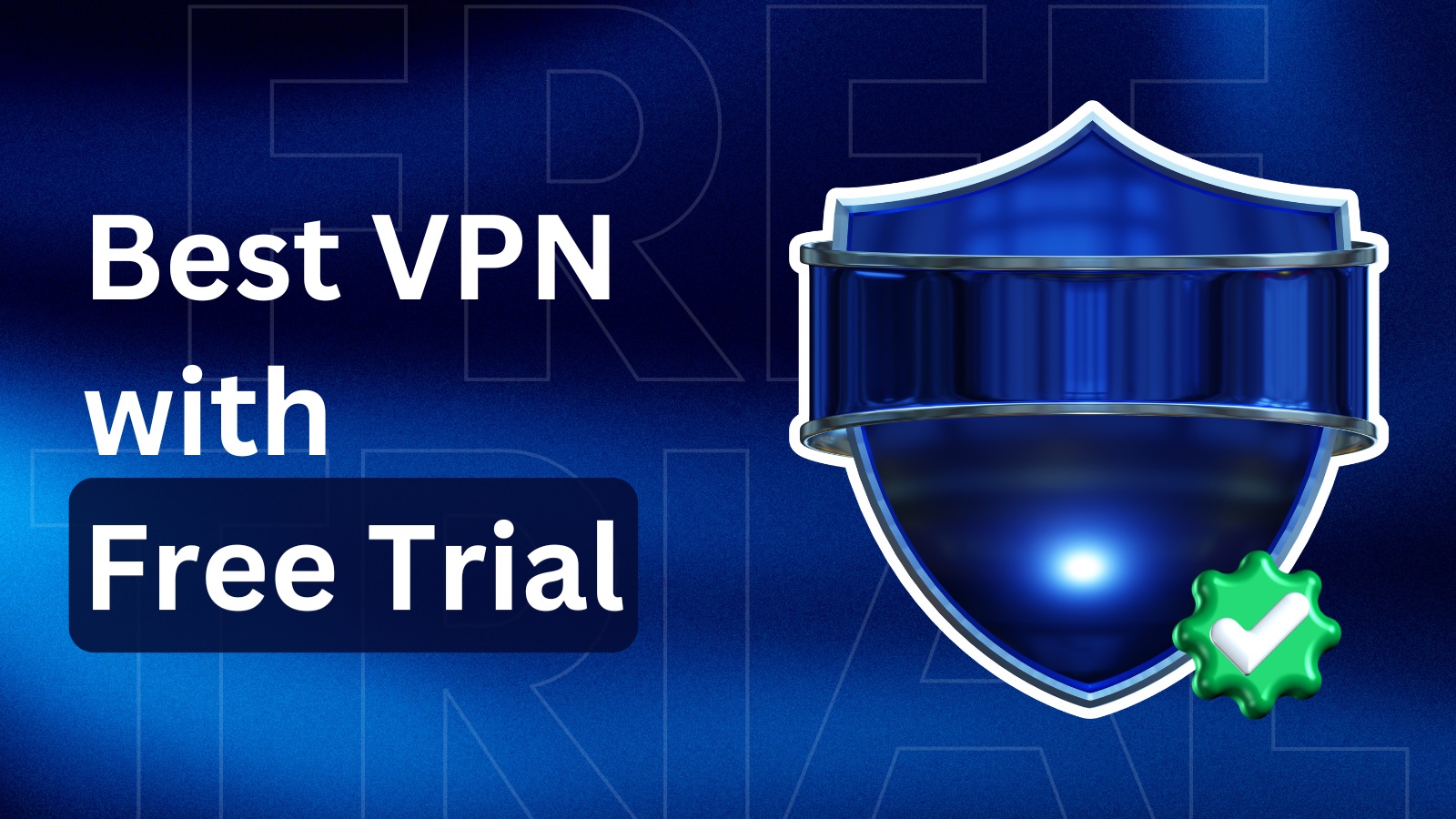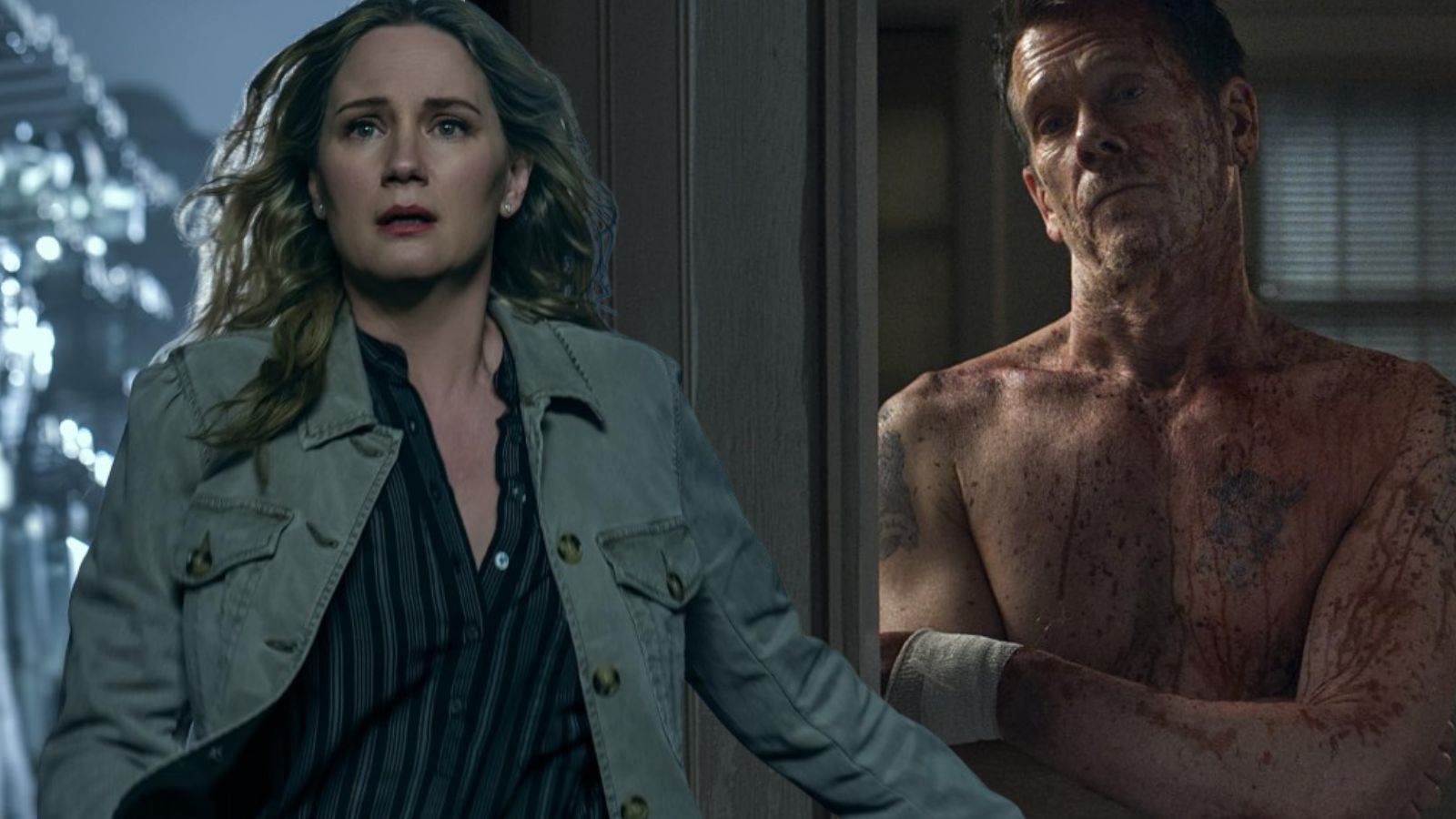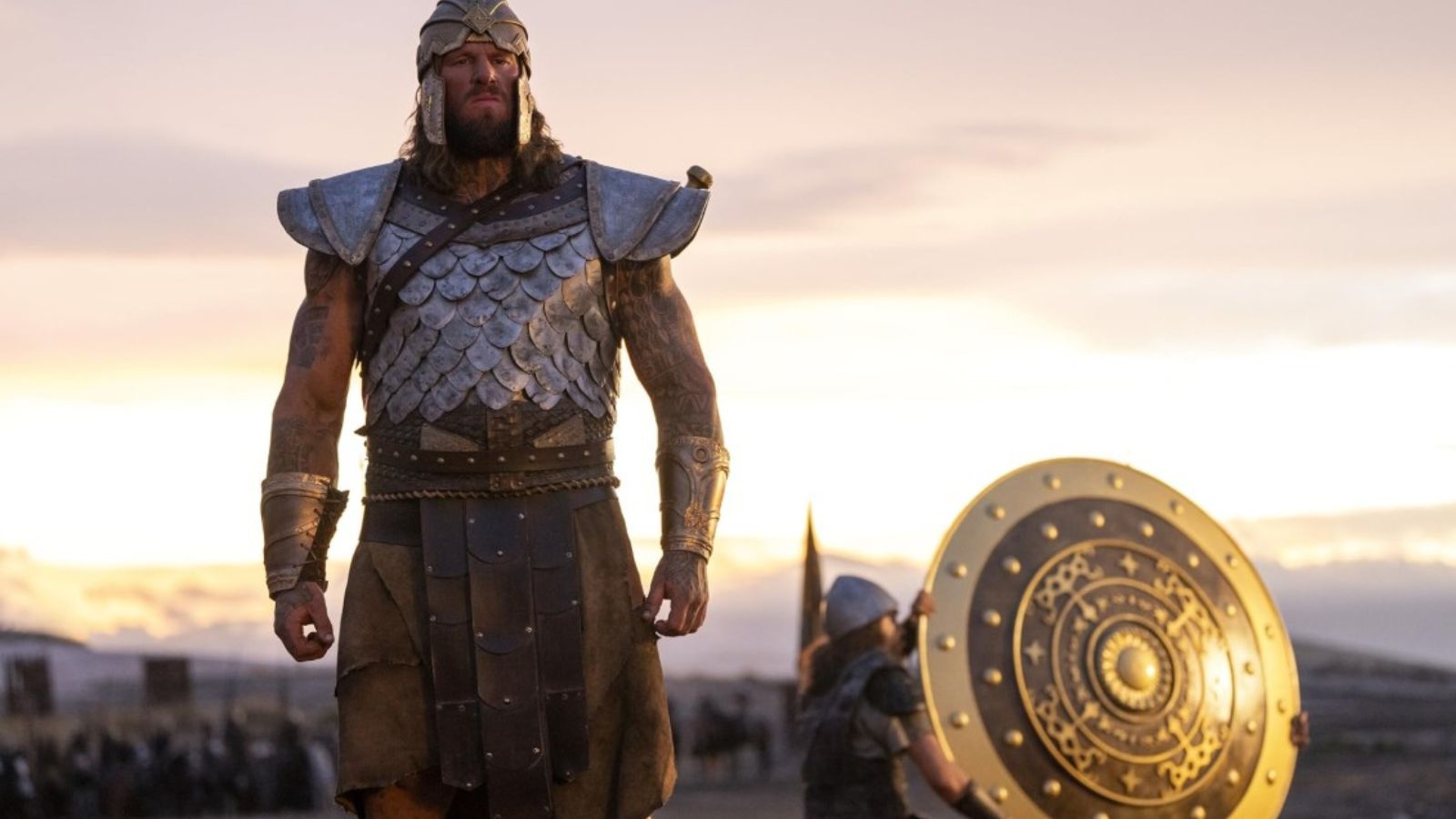
10 Best DSLR Cameras to Buy in 2019 — Bring Out the Photographer in You
DSLR cameras are the gold standard for professional photography and are an important component of any photographer's toolkit. From film cameras to digital, SLRs have come a long way and now feature faster and more powerful image processors, a full suite of manual controls, a great choice of professional quality lenses, and easy connectivity to smartphones and tablets.
Unlike traditional point and shoot cameras, purchasing a DSLR camera is bound to be challenging. There are many models that are worthy of the money so you need to make sure of your priorities and what you expect from your purchase. We'd suggest starting off with the body and a few lenses and then building up different lenses based on shooting requirements. The following factors are important while narrowing down on the best DSLR camera for the budget.
Without a doubt, the imaging sensor is the single most important component of any DSLR. You can either go for a full-frame DSLR with a sensor measuring 36 mm x 24 mm or purchase an APS-C sized sensor (Canon: 22.2 x 14.8 mm) or DX (Nikon: 24 x 16 mm) sensor. Each sensor type has its own advantages and disadvantages and will decide the type of lenses that are compatible with the camera body. While a full-frame camera will be much heavier with better color reproduction and low-light capabilities, an APS-C sized sensor camera will be lighter and offer better opportunities for wildlife and macros photographers.
Other important factors include the autofocus system. It is important that the camera has as many autofocus points as possible and a dedicated AF processing unit for fast autofocus so that you can quickly capture the action. AF works best under adequate ambient lighting so the ability to autofocus under low light is a good test of camera capability. Burst rate is also an important factor to consider if you are planning to shoot consecutive frames to capture the perfect moment.
Many use DSLRs for videography as well apart from still photos so in that case, it is important to ensure that the camera can record FHD and 4K video flawlessly and in full stereo. You should also be able to extract high-quality stills from the video frames without much effort. Finally, connectivity and overall build quality are also key factors to be kept in mind.
With the above factors in mind, we've narrowed down on the best DSLR cameras available in the market that address all the above factors. So, here are the 10 best DSLR cameras available in 2019.
1. Canon EOS 5D Mark IV
- Features: High-definition photo and video shooting; High-speed CMOS sensor; Dual pixel AF; DIGIC 6+ image processor; 7 fps continuous burst
- Image Resolution: Up to 30.4 MP
- Sensor Size: Full frame
- Autofocus: Dual pixel, 61-point AF
- Dimensions (W x H x D): 5.9 x 4.5 x 2.9 in
The Canon EOS 5D MARK IV is one of the best DSLR cameras in the market and is the illustrious successor of the legendary 5D Mark III. The 5D Mark IV improves everything in the Mark III and on top of that, delivers a 61-point AF.
The camera features a completely redesigned full-frame sensor that comes with a whopping resolution of 30.4 megapixels. The sensor produces stunning 4K stills and moving images that will stand heavy post-production and retouching without a problem. The large sensor allows for retaining all the fine details of the image, which helps a lot in the post.
Also, this model has an amazing ISO range that varies from 100 to 32000. The range is expandable up to 50-102400. Needless to say, this range guarantees an unprecedented dynamic range. Large sensors such as the one found on this camera will help you take stunning low-light images with ease, which is often a difficult task with other cameras.
The Mark IV can record 4K videos in the MJPEG format at 30 or 24 fps in the progressive mode. Also, the camera allows users to grab still images from 4K videos at resolutions of 8.8 MP. However, the file size is very huge for one hour of video — up to 240 GB. Canon could have used better video compression codecs to keep the file size down. There is also no EVF or a tilt screen, which makes shooting in pitch dark a tad bit difficult, but not impossible.
- Pros: Excellent image quality; 61-point AF; Wi-Fi and GPS; Dual Pixel RAW
- Cons: No effective compression of 4K video; No tilt screen; No EVF; Outdated memory card format
2. Nikon D850
- Features: Backside-illuminated image sensor; Outstanding dynamic range; Tilting touchscreen; Incredibly long battery life; 7 fps continuous burst
- Image Resolution: Up to 45.7 MP
- Sensor Size: Full frame
- Autofocus: Multi-cam 20K, 153 focus points
- Dimensions (W x H x D): 5.7 x 4.8 x 3.0 in
This Nikon D850 DSLR camera has been appreciated for its whopping pixel count, which blows the other cameras out of the water. This is the one camera that will suit both videographers and photographers. The D850, according to its specs, can shoot 8K UHD timelapse shots. You will also be able to shoot 4K or 1080p in 120p. The camera features an ISO range varying from 64 to 25600 and uses a 153-point focusing system that utilizes a specially designed sequence control microcomputer.
What makes D850 a milestone camera is a fact that this is Nikon's first DSLR with a back-illuminated sensor, which is known for its high efficiency. This is the key to the power of the DSLR, which easily reaches up to 25600 ISO despite having a monumental pixel count. The camera uses the EXPEED5 image processing engine, which renders images in superb quality.
The Picture Control system will allow you to choose from the seven presets built-in. Individual settings such as sharpness and clarity can be fine-tuned in each preset to achieve the desired effect. The Nikkor lenses enable you to exploit the full resolution of the 45.7 MP sensor. The camera also has dual memory card slots: UHS-II SD cards and XQD. And lastly, it also comes with Wi-Fi and Bluetooth support.
The Nikon D850 is a great professional DSLR camera and with fast autofocus, responsive touchscreen, and a fast CPU, this is one the best DSLR cameras in the market. The only negatives are that there is no focus peaking while recording in 4K nor there is a built-in image or video stabilization in the body.
- Pros: Sharp, high-quality images; Touchscreen; Extremely fast AF; Fast CPU
- Cons: No focus peaking at 4K; No image stabilization built in the body
3. Nikon D500
- Features: DX-Format CMOS sensor; EXPEED 5 image processor; 3.2-inch tilting touchscreen; Advanced ISO; 10 fps continuous burst capabilities.
- Image Resolution: Up to 20.9 MP
- Sensor Size: Nixon DX format
- Burst Capabilities: 10 fps
- Autofocus: Multi-cam 20K, 153 focus points
- Dimensions (W x H x D): 5.7 x 4.5 x 3.1 in
Whether you are shooting wildlife, cityscapes, or fast action shots, the Nikon D500 proves to be one of the best DSLR cameras in the business for both stills and video including 4K UHD. The D500 has a comparatively smaller body and fits snugly with NIKKOR DX lenses, which are light and extremely handy for frequent travelers. The 20.9 MP sensor offers great image reproduction and sharpness without any loss to detail.
The D500 boasts Wi-Fi and Bluetooth capabilities as well, adding to its versatility. Called the SnapBridge technology, this will allow the camera to transfer its images to a smart device. Nikon D500 also features NFC (Near Field Communication) that allows the device to connect to a smart device placed nearby.
The AF system in the D500 takes a mammoth leap and this new upgrade is a major reason for its placement amidst the other models on the list of best DSLRs. The entire system has been redesigned and uses a dedicated unit for autofocus, which makes AF much more faster, reliable, and accurate. The AF system is so accurate you will be able to focus down to -4 EV from the central focus point and -3 EV from the other points. This will help you eliminate the common problems experienced when shooting under low light or with subjects that offer a very low contrast.
Owners of Apple devices will find that SnapBridge file transfers are somewhat delayed on iOS. This is more to do with Apple than Nikon itself. The battery life is a little on the lower side but ensure that you do not use any aftermarket batteries. Also, shooting in 4K results in an additional crop factor. Not a big deal unless you are really bent on shooting wide angles.
- Pros: Performance comparable to the Nikon D7100; Accurate AF; SnapBridge
- Cons: SnapBridge has issues with iOS; Low battery life; Additional crop factor while shooting in 4K
4. Canon EOS 80D
- Features: Improved CMOS AF; Built-in Wi-Fi and NFC; Vari-angle touchscreen; HDR movie, time-lapse, and creative filter options; Anti-flicker system; 7 fps continuous burst
- Image Resolution: Up to 24.2 MP.
- Sensor Size: Canon APS-C
- Autofocus: 45-AF points, all cross-type, TTL-CT-SIR
- Dimensions (W x H x D): 5.4 x 4.1 x 3.0 in
If you are looking at a more mid-level DSLR offering, the Canon EOS 80D is a good contender that delivers great professional results while still being reasonably affordable. The camera is also much lighter than many similar models and thus easier to carry around. Amateur photographers will find the Intelligent Viewfinder handy as it offers a nearly 100% coverage that eliminates guesswork during composition.
The EOS 80D easily connects to your smartphone via Wi-Fi and NFC. Canon also offers a Remote Shoot mode for controlling the camera from your smartphone. The camera has 45 AF points, which can shoot even under -3 EV. This results in accurate focusing, which is critical in all areas of photography but especially important in areas where subjects are often beyond the control of the photographer: wildlife and sports.
Another important highlight of this camera is the fact that it uses a metering sensor, which is sensitive to both visible and IR light. The ISO sensitivity varies from 100 to 16,000, which will help you take HDR shots with ease.
The touchscreen LCD monitor at the back can be tilted, a feature that Canon calls Vari-angle. As we've said before, this is an intermediate-level DSLR camera that is targeted at prosumers or professional consumers. The EOS 80D does not offer a full-frame sensor but the crop sensor has its own benefits. Videographers might find the lack of 4K a letdown but videos at 1080p are excellent.
- Pros: Great for prosumers; Intelligent Viewfinder; Wi-Fi and NFC control
- Cons: No full-frame sensor; No 4K video recording
5. Nikon D5600
- Features: SnapBridge-compatible; NIKKOR kit lens; Enhanced video features; In-camera tools; Free cloud storage; 5 fps continuous burst
- Image Resolution: Up to 24.2 MP
- Sensor Size: Nikon DX format
- Autofocus: 39 focus points
- Dimensions (W x H x D): 4.8 x 3.8 x 2.7 in
The D5600 succeeds a hugely popular D5500 made by Nikon. An ideal camera for beginners to the world of DSLRs, the D5600 has some amazing features, which include SnapBridge, the technology that allows you to connect your camera to your smart device. You can easily transfer images from your DSLR to your smart device using this technology.
What's more, the camera can be remotely controlled from the app on your smartphone. You will be able to see a live preview of the image being captured: ideal when taking selfies and group pictures. The camera will also capture location information and append it to the picture metadata.
Last but not least, you might be aware of how looking out for firmware updates to the cameras you own is a real pain. Nikon D5600 simplifies that by sending you notifications on your app when a new update is ready to be installed.
If you already rock a D5500, the Nikon D5600 offers very little in terms of improvements. SnapBridge is not very intuitive as opposed to a regular SD card transfer but one advantage is that Bluetooth transfers can be set to carry forward the GPS coordinates.
- Pros: Lightweight; Articulating touchscreen
- Cons: SnapBridge is not very intuitive; Not many incentives to upgrading over the D5500
6. Sony Alpha 99 II
- Features: Super 35mm and 4K video recording; 5-axis in-body stabilization; Flicker-free shooting; Advanced autofocus; 12 fps continuous shooting with AE/AF tracking
- Image Resolution: Up to 42 MP
- Sensor Size: Full frame
- Autofocus: 79 phase points; 15 cross points
- Dimensions (W x H x D): 5.63 x 4.13 x 3 in
The Sony Alpha 99 II might seem expensive, but few DSLRs can offer the kind of versatility and features like this one thanks to the single-lens translucent (SLT) setup. The Alpha 99 II has a dedicated PDAF sensor apart from the imaging sensor, which receives light through a mirror. Part of this light is reflected on the AF sensor to create a hybrid cross-type AF system that is both fast and accurate. The Alpha 99 II is targeted at sports and wildlife photographers where the action happens quickly. It comes across as a considerable improvement over the original Alpha 99 in that it offers a full-frame 42 MP resolution and can do continuous bursts up to 12 fps in RAW. Also available are both Super 35mm and 4K video recording. The Alpha 99 II is well-built yet compact and can be carried easily for longer periods without strain. You also get a good range of lenses and all of them can be stabilized thanks to the built-in 5-axis image stabilization in the camera body. Interestingly, the camera uses UHS-1 media cards for recording instead of the company's own XQD standard.
Performance of the Alpha 99 II is, needless to say, impressive. The full-frame sensor reproduces the colors and details faithfully while still offering fast bursts for capturing action stills. Noise levels are under control despite the ability to crank up the ISO up to 102,400. Videos are another highlight of this camera and the level of detail is simply outstanding. Whether to go for the Alpha 99 II or not is only limited by your budget. There are some caveats with the SLT technology used, though. At the highest bursts, you will find that the hybrid AF mechanism often fails and the camera falls back on the imaging sensor for focus. It is also not as cutting-edge as its mirrorless cousin, the A9. You should be considering the Alpha 99 II if you have many A-mounted lenses lying around. For most other users, this is the best SLT DSLR camera in the market sans competition.
- Pros: Excellent image quality; Great for video
- Cons: SLT technology has some limitations
7. Nikon D3500
- Features: Compact design; Compatible with NIKKOR lenses; SnapBridge-compatible; 5 fps continuous burst mode
- Image Resolution: Up to 24.2 MP
- Sensor Size: APS-C
- Autofocus: 11 AF points
- Dimensions (W x H x D): 4.88 x 3.82 x 2.76 in
The Nikon D3500 makes for one of the best entry-level DSLR cameras that offer amazing levels of picture quality even in Auto mode. Like other Nikon cameras, the D3500 is SnapBridge-compatible and you can use the app to remotely take pictures from your smartphone. The D3500 sports a compact body but still offers two travel lenses kit that includes an 18-55mm f/3.5-5.6G VR lens and a 70-300mm f/4.5-6.3G ED lens. Of course, you can also pair it with a wide range of other Nikkor lenses.
If you are just testing the waters with a DSLR camera, the Nikon D3500 makes for a great buy. The functions are designed to be simple for novices yet offer good manual control. However, this being a DSLR for novices, there are a few limitations. There is no articulating LCD or touchscreen. It also has only two ISO stops between ISO 400 and 3200. You also won't find some other advanced features such as automatic sensor cleaning, programmable FN button, DOF preview, etc. Overall, the Nikon D3500 makes for a good DSLR as long as you are aware of its limitations.
- Pros: Great for newbies; Easy to use controls
- Cons: Only 2 ISO stops; Many features of pro-DSLR cameras missing
8. Canon EOS 7D Mark II Bundle
The Canon EOS 7D Mark II is a successor to the highly acclaimed EOS 7D and brings in new features such as a better sensor and advanced metering. The 7D Mark II can support ISO ranges up to 51,200 — the highest in APS-C cameras. You also get a 65-point AF system that works with the AI Servo AF III and EOS iTR AF technologies for accurate shooting for fast-moving objects. The camera's phase detection auto focus (PDAF) works in both live view and video modes for smoother focusing. Canon has not neglected videographers and has equipped the 7D Mark II with the ability to send uncompressed HDMI video to external recorders and support for USB 3.0. The 7D Mark II sports a magnesium alloy chassis that is highly durable and offers easy to access controls.
The EOS 7D Mark II features dual DIGIC 6 image processing engines for responsive operation and handling huge RAW files. You can shoot up to 10 fps burst shots and record 31 RAW files (as long as you have a pro-grade memory card). The camera also features a 252-zone metering system for analyzing the scene and deciding on the appropriate shooting settings. The overall image quality of the 7D Mark II is excellent. There is some noise evident in the images but only at high ISO settings. The 7D Mark II is great for those who need a versatile DSLR for quick shoots without losing out on the quality. Given the advanced metering system and the support for in-camera RAW merging for HDR, the Canon EOS 7D Mark II is one of the best DSLRs with an APS-C sensor in the market.
- Pros: Good construction; Excellent object tracking
- Cons: Noise at reasonably high ISO
9. Pentax K-1 Mark II
- Features: Pixel shift resolution system II; Dual SD card slot; Astrotracer; Dust and weatherproof construction; Optical viewfinder
- Image Resolution: Up to 36.4 MP
- Sensor Size: Full frame
- Autofocus: 11 AF points
- Dimensions (W x H x D): 4.88 x 3.82 x 2.76 in
Ricoh's Pentax K-1 Mark II offers a good alternative to the likes of Sony, Canon, and Nikon DSLRs and is an excellent choice if you have those K-mounting lenses lying around. The design of the K-1 Mark II is mostly identical to its predecessor, the K-1 and that is not a bad thing. The camera does have a considerable heft thanks to its really good build quality. But it can be easily gripped and offers a stable shooting experience thanks to the built-in five-axis five-step shake compensation. The LCD offers rich colors and although it doesn't swivel 180-degrees, it does offer a four-point hinge. The K-1 Mark II offers an optical viewfinder with 100% coverage and a magnification of 0.7x, which is welcome. The K-1 Mark II also offers a unique Pixel Shift Resolution mode that captures full RGB information at each pixel, which is then merged to create a composite image. How well this works depends a lot on the scene and your shooting technique so expects to see mixed results.
Pictures from the K-1 Mark II turn out great. The 36.4 MP resolution is more than adequate for most use cases and the camera also supports a very high ISO up to 819,200. While shooting at high ISO can result in added noise, Pentax has a dedicated Accelerator Unit to pre-process the image to denoise it. However, there is no way to turn it off and keen-eyed photographers will be able to spot loss in detail when shooting at high ISO. That being said, the Accelerator Unit finds good application in astrophotography. Pentax includes a novel astrotracer function that uses the built-in GPS and gimbal system to help in shooting the night sky. So, you can now photograph stars in the sky without having to worry about trailing lights as with most cameras. Video recording is capped at FHD at 30 fps and is stabilized. Availability of 4K video recording would have been great as the camera supports two memory cards at once. For those looking at an easy to use DSLR that works with K-type lenses and offers extreme ISO options with good low-light shots, the Pentax K-1 Mark II is an easy recommend.
- Pros: Well-stabilized shots; High ISO options; Pixel Shift Resolution
- Cons: No 4K video recording
10. Canon EOS Rebel T7i Bundle
- Features: Built-in Wi-Fi, NFC, and Bluetooth; DIGIC 7 Image processor; Vari-angle touchscreen; EF-S lens mount
- Image Resolution: Up to 24.2 MP
- Sensor Size: APS-C
- Autofocus: 45 AF points
- Dimensions (W x H x D): 5.2 x 3.9 x 3 in
The Canon EOS Rebel T7i, also known as the EOS 800D in some markets, is a great option for those who do not wish to spend in the thousands for a DSLR yet need something more than what a Nikon D5600 can offer. The T7i offers a nice upgrade to the T6i and comes across as a good competitor to the Nikon D3400 and Nikon D5600. The T7i offers higher ISO stops (up to 51,200) and a better DIGIC 7 image processor. The T7i also offers video capture up to FHD 60 fps although several of its rivals have now started offering native 4K capture. The video is stabilized thanks to the built-in 5-axis image stabilization. There is no headphone monitoring port but you can connect a standard headphone to the 3.5mm jack. Wi-Fi, Bluetooth, and NFC are supported for easy picture transfer from the camera. You can buy the Rebel T7i as a bundle or a standalone camera.
When you buy the standalone version, you also get an 18-55mm lens as part of the package, which is a good thing. The build quality of the camera is good and is pretty compact as well, which makes for easy handling. The vari-angle display allows for more freedom in shooting and is also a touchscreen with intuitive navigation. Novice users will appreciate the tutorial-based UI that does a good job of explaining what each function does. Experienced users can turn this off if they wish.
AF sensitivity is great thanks to a total of 45 cross-type AF points for accurate focusing. Photos from the Canon EOS Rebel T7i look great. The new DIGIC 7 helps in shooting up to 6 fps bursts, which is somewhat lower than the competition. Battery life is good as well as long as you use a combination of both the display and the optical viewfinder. Colors look accurate and balanced. However, the metering system can sometimes result in different exposures for the same shot. Noise levels are well-contained and you will be noticing noise only at high ISO levels. Overall, the Canon EOS Rebel T7i is a budget DSLR in the market that offers a good feature set for the price even though there are some omissions such as 4K video capture.
- Pros: Good photo quality at high ISO; 45 points cross-point AF
- Cons: No 4K video capture
With this, we conclude our roundup of the best DSLRs on the market today. Remember that any camera is only as good as the photographer so now is a great time to familiarize yourself with some of the important concepts of lighting, photography, and post-processing to get the best out of your purchase.
We sincerely hope you've found our models useful and that this article helps you make a decision. If you have any questions, let us know in the comments below and we'll get back at the earliest.
While you're at it, make sure to share this article online and follow TechNadu on Facebook and Twitter. Thanks!











